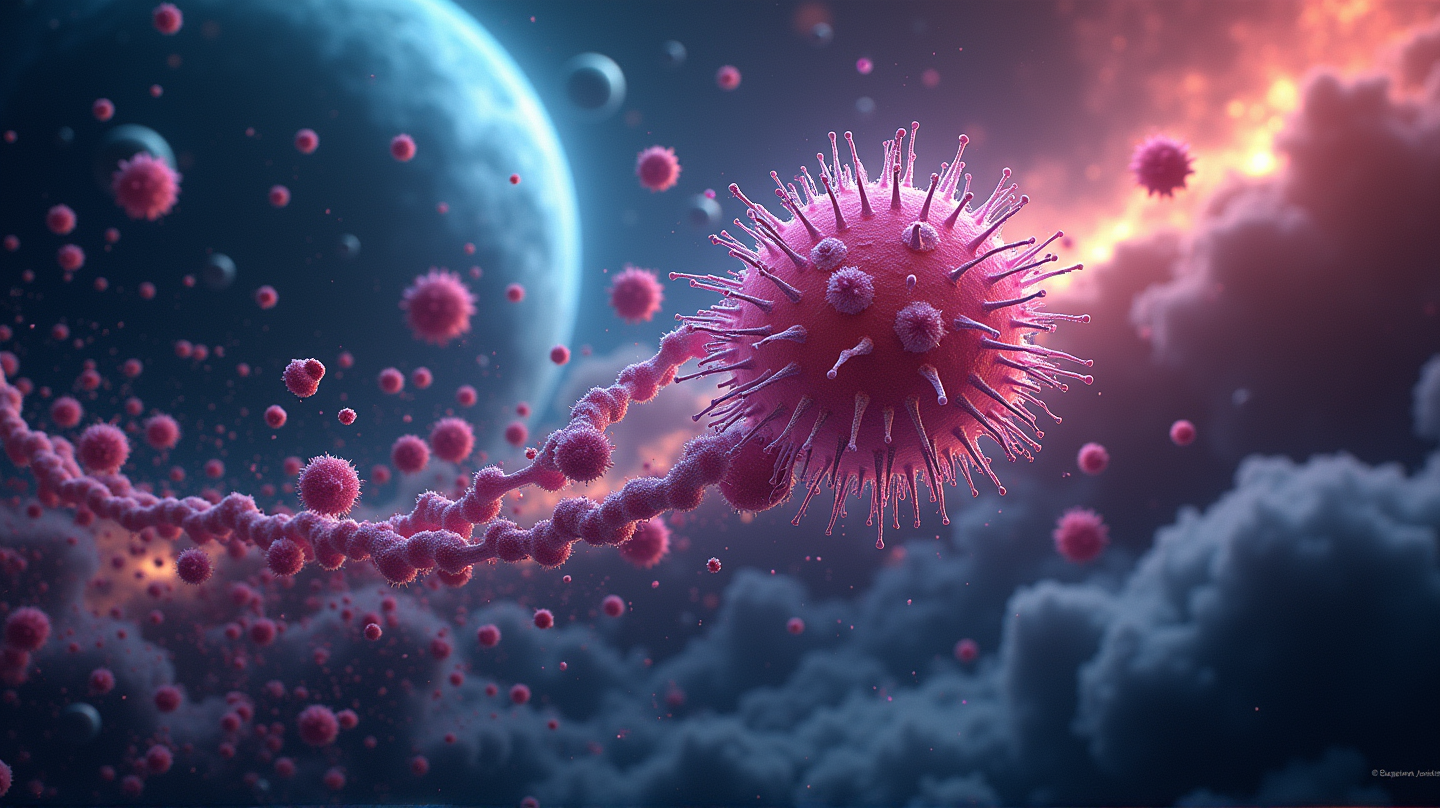Mysterious Space-Dwelling Bacteria Thrive on China's Tiangong Station
In a breakthrough discovery, the bacteria *Niallia tiangongensis* has been found aboard China's space station, showcasing remarkable space adaptations.

When astronauts journey to the realm above Earth, they’re seldom truly alone. Not due to cosmic creatures from sci-fi lore, but rather by the microscopic voyagers hitching a ride. Remarkably, aboard China’s Tiangong space station dwell new bacterial species unknown to science.
Meet Tiangong’s Microscopic Residents
In 2023, China’s astronauts retrieved a peculiar bacterial strain, now classified as Niallia tiangongensis. These microbes exhibit an impressive array of adaptations suitable for survival in the unique environment of a space station. As stated in ZME Science, they are among the few novel organisms discovered beyond our planet’s atmosphere, energetically contributing to the cosmic tapestry of life.
The Challenges and Adaptations of Space Microbes
Space is a harsh habitat, with factors like microgravity and radiation challenging any Earth-born lifeform. Yet, microbes often defy these odds. The intense conditions prompt quick adaptations, allowing them to evolve at an accelerated pace compared to their earthly cousins. Chinese research teams found that N. tiangongensis can efficiently process scarce nutrients, thanks to its unique metabolic capabilities.
Potential Risks or Allies?
The role of these microbes remains ambiguous. While some can damage equipment or affect astronaut health, others offer promising research avenues. They might help design new microbial control strategies or serve in biotechnological applications like nutrient recycling. This bacterial research opens a door to greater understanding, helping predict and manage potential impacts.
A Growing Microbial Diversity in Space
Preliminary findings from the China Space Station Habitation Area Microbiome Program show microbial communities aboard Tiangong differ intriguingly from those on the International Space Station (ISS). Rapid mutations and increased antibiotic resistance are observed—a concern given the potential for pathogens to thrive in the cosmos.
The Broader Implications for Space Exploration
Understanding organisms like Niallia tiangongensis is crucial as humanity sets sights on prolonged space missions. Unraveling these mysteries can improve astronaut safety, contribute to ecological and medical innovations, and potentially empower future space journeys. As humans venture further, pondering the microscopic companions we carry becomes ever more essential.
These groundbreaking discoveries invigorate our curiosity about what else resides among the stars, teaching us about the resilient nature of life itself.

